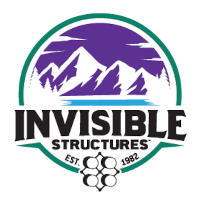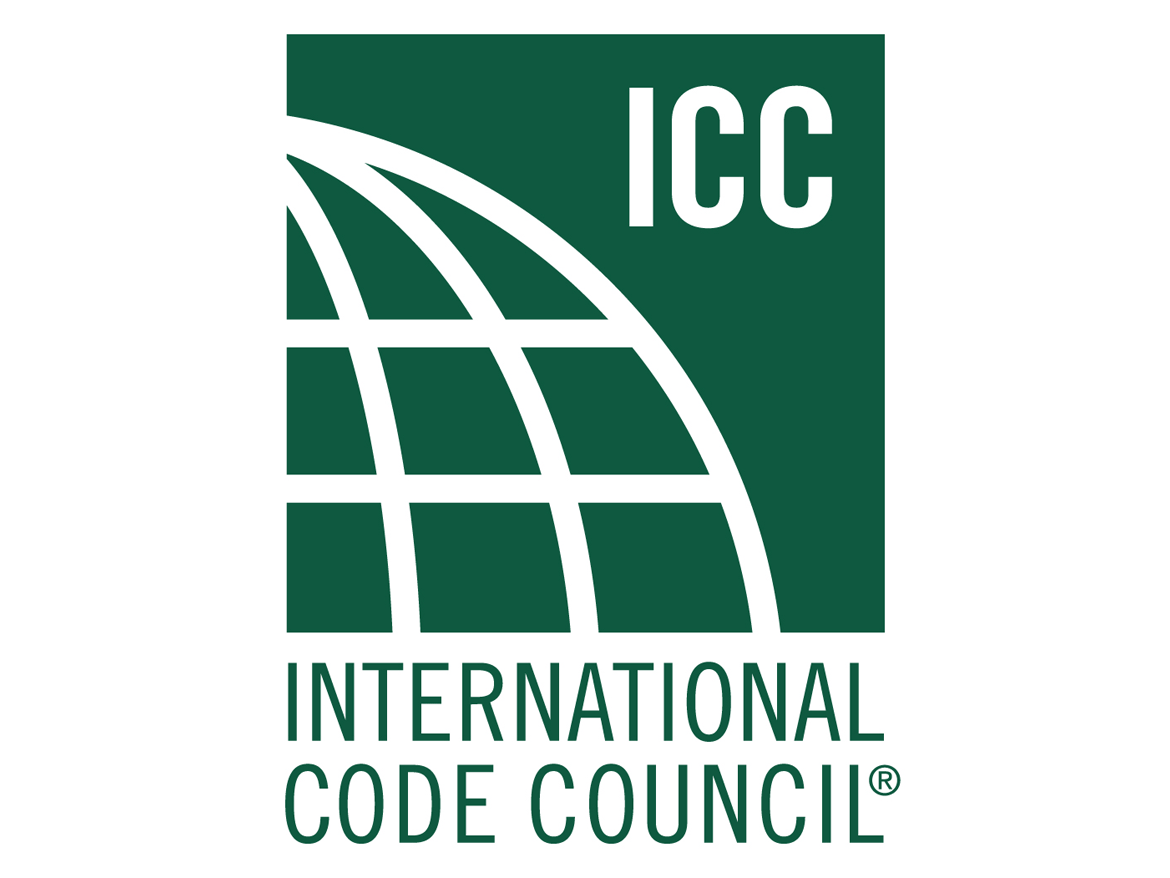Sustainable Solutions for Effective Stormwater Management
Stormwater solutions for an ever-changing environment
Sponsored by Invisible Structures, Inc. | Presented by Justin Staley
Live Webinar Airing on November 19, 2025 at 02:00 PM ET
This course covers the fundamental principles of porous paving systems, emphasizing their benefits in Low Impact Development (LID) initiatives due to their stormwater management abilities, urban heat island effect mitigation and other capabilities. Participants will learn about the different types of porous paving systems and how to assess them based on performance, maintenance, aesthetics and installation.

Photo courtesy of Invisible Structures Inc.
 |
Justin Staley has been with Invisible Structures for over two years, focusing on trade shows, community outreach, and continuing education to share innovative solutions in stormwater management. As a father of two young children, Justin is deeply committed to raising his family with strong moral values while fostering a respect for the natural world. His passion for environmental stewardship and water preservation drives both his professional work and personal life, where he strives to create a healthier, more sustainable future for the next generation. |
Invisible Structures was the first and is the best solution for porous paving and stormwater management. We provide a beautifully simple answer to a complex challenge. Our grass porous paving, gravel porous paving, underground stormwater storage, erosion control, drainage, and access mats are American-made, earth-friendly and built to last. We also craft confidence and trust by providing a caring, personal experience from a family-owned, service-driven company. Like our products, we provide the strongest support in the industry.
Originally published in Architectural Record
Originally published in September 2025
LEARNING OBJECTIVES
- Explain the function and design of porous pavers, including how their high porosity and base layer construction facilitate water infiltration.
- Identify the key factors that influence paver performance, including material, porosity, compressive strength, base course, thickness, environmental conditions, and maintenance.
- Describe the environmental benefits of porous pavers, including stormwater control, runoff and flooding prevention, water pollution reduction, hydrocarbon capture, and carbon sequestration in applicable contexts.
- Recognize the wide range of applications for porous pavers, including driveways, fire lanes, parking lots, utility access roads, helicopter landing pads, outdoor complexes, stadiums, schools, corporate campuses, and ADA access areas.











